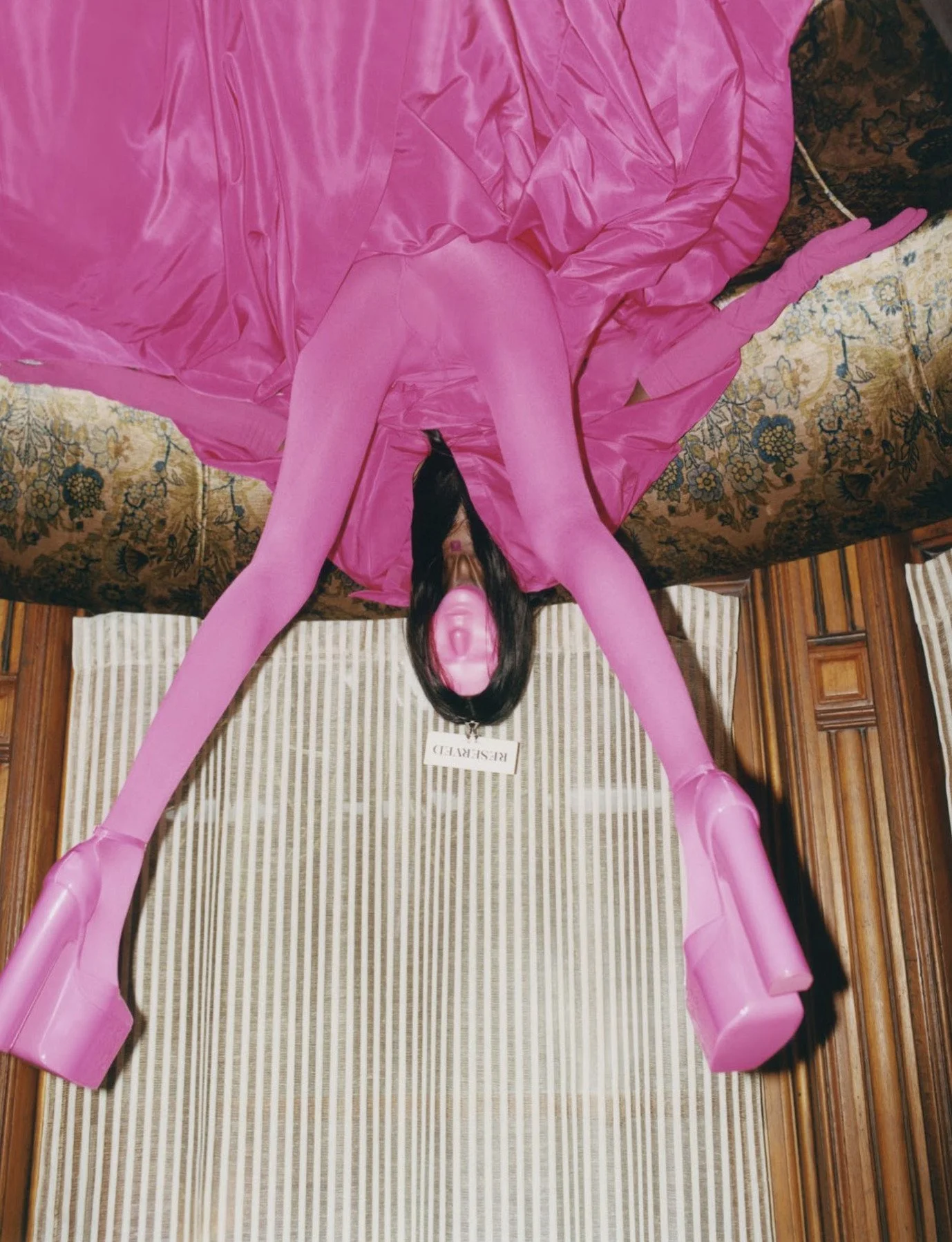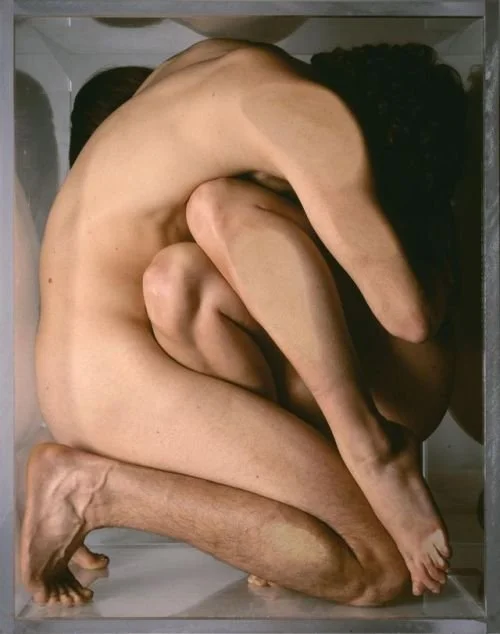The tension between black and white, beauty and ugliness, is what inspires the most transformative artworks. We are constantly faced with contradictions, and it is up to us to find beauty, to celebrate life, to find meaning. Through this appreciation and struggle true art is created. Bohemianism is a lifestyle that embraces this tension and the challenges of existence. It is a way of living that celebrates creativity, individuality, and nonconformity. Bohemians reject the status quo and embrace the unconventional, often living in the margin of society. On top of its significance, the lifestyle allows people to embrace life’s contradictions. Bohemianism and art have always been intertwined, as both are deeply concerned with leading a meaningful life, whatever that may be.
As a rejection of the notion that there is a single, fixed meaning to existence, Bohemianism embraces the idea that life is a complex, ever-evolving road of experiences and emotions. Through art, advocates of this lifestyle seek to capture the essence of this road; the joy and pain, the light and dark, the beauty and ugliness, and to create something connected to what it really means to be human. At the core is the belief in the transformative power of art.
Bohemians consider art as not just a means of personal expression, but as a force that can bring real change in the world. Through music, writing, painting or any other form, people are inspired and challenged to alter their way of thinking, and to aspire for amore profound and beautiful world. Art and life are not separate entities, but two sides of the same coin. Life is the canvas on which art is created, and art is the lens through which life is seen. Through their art, bohemians seek to find meaning and purpose in the chaos of existence, and to create something that speaks to humanity’s soul, to our soul.



